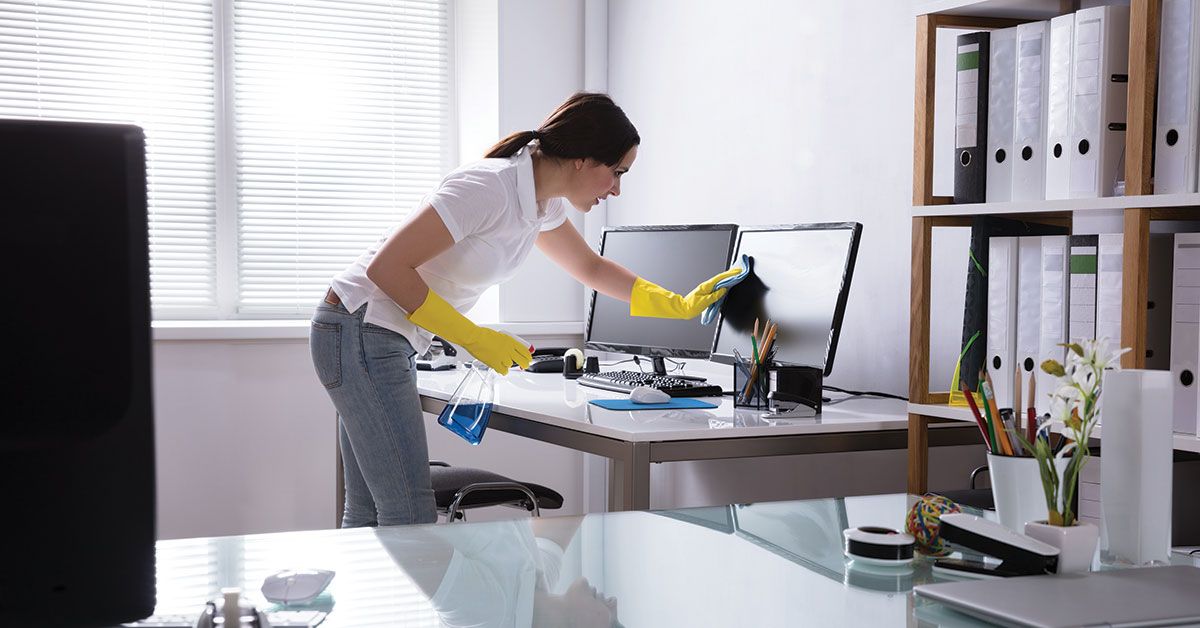The HazCom consumer product exemption for cleaning workstations
Date Posted: 05/11/2020

Many employees handle or use chemicals at work, but in a lot of cases, their potential exposure involves only consumer products like household cleaning chemicals. However, employees using or handling products that are commonly sold in hardware or grocery stores can still be covered by OSHA’s Hazard Communication standard.
The HazCom regulation provides an exemption for consumer products, but it applies only when employees use those products as intended by the manufacturer, and when the duration and frequency of exposure is comparable to typical consumer use. If the employees have exposure beyond that level, the HazCom standard applies.
Handling is using
The regulation applies to employees who use chemicals, but defines “use” to include packaging, handling, or transferring. For example, retail or warehouse employees who stock consumer products necessarily “handle” those chemicals and could be covered by HazCom. Such operations are covered under 1910.1200(b)(4) of the standard.
To illustrate, a letter of interpretation from 1995 described employees who repackage bulk supplies of toiletries, cosmetics, and health care products. OSHA stated that even though the workers handle “consumer products,” their exposure was not comparable to normal consumer use. Therefore, the employer was required to maintain SDSs and train employees.
Duration and frequency
An OSHA letter of interpretation from 2005 described two situations that further clarify the consumer product exemption. As noted, the exemption may apply if employees’ duration and frequency of exposure is similar to typical consumer use.
The letter first described employees using art products such as thinners, adhesives, and paints to create visual aids and presentation displays. OSHA responded that the employer needed to determine if the exposure was not more than typical consumer use (the agency cannot not make that determination for an employer). OSHA then noted that if employees are “routinely exposed” to those chemicals, they would be covered by HazCom and would need training.
The letter then asked about employees who use office cleaning products to clean their own work stations. Again, OSHA said the employer must determine the exposure level, but also noted that cleaning a personal work area was not a job requirement.
Employees who occasionally wipe down or clean their work stations would meet the consumer product exemption, if the use of those products is comparable to typical consumer use. In that case, those employees would not fall under the Hazard Communication standard. However, employees who are assigned to clean and disinfect the workplace may very well have exposure to cleaning chemicals well beyond the typical consumer use.
How Safety Management Suite Can Help
The training provisions of the Hazard Communication standard are the most commonly cited paragraphs for general industry employers. Delivering effective training to all covered employees, and following up to ensure they remember what they were taught, is critical to staying in compliance. The training tools in the J. J. Keller® SAFETY MANAGEMENT SUITE can help you quickly create and deliver the training that employees need.
E-mail Newsletter
Sign up to receive the weekly EHS Insider email newsletter for safety articles, news headlines, regulatory alerts, industry events, webcasts, and more.